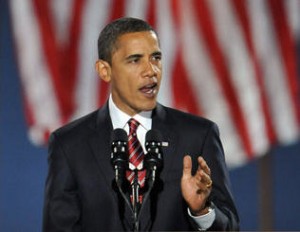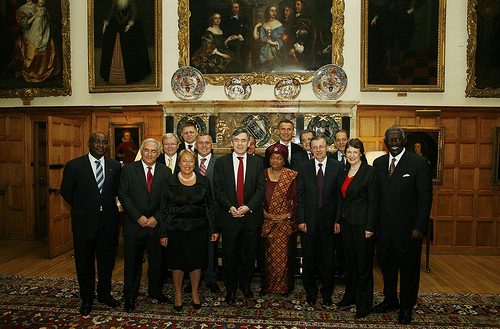What should Obama do Next? The Independent series launches…
In the build up to Obama’s inauguration on 20th January 2009, The Independent and Debategraph have teamed up to give the world a chance to map and explore what Obama should do next. Click here for the map.

Over the next 10 weeks, Independent readers and the Debategraph team will develop a series of interrelated debate maps of the key policy and political questions facing Obama as he prepares for office.


Whether it’s tackling the global financial crisis, deciding who to appoint to key cabinet posts, or determining how to proceed on climate change, Iraq or the crisis in the Congo, you are welcome to join us in building comprehensive maps of the political choices open to Obama, the arguments for and against the different options, and the path you think Obama should follow.
Each week, we’ll be seeding the maps with an article from The Independent or The Independent on Sunday and beginning to layer in the positions and arguments from the Obama team’s published agenda and public statements.
You can watch the maps evolve in the build up to the inauguration, or better still register and begin to comment, suggest new issues, rate the options and arguments, and add new options and arguments of your own.
I’ll describe the process in more detail over the coming weeks, but for now we have seeded the opening map on The Independent’s website with the arguments from Philip Bobbitt’s article The flag-waving is over. This is how the president can change the world (examining some of the international policy options open to Obama), and Leonard Doyle’s Obama Starts to Build a ‘Team of Rivals’ (considering whether Obama should appoint Hillary Clinton as his Secretary of State).
Changing Climate: live blogging the Progressive Governance summit
Congratulations (and a relaxing Sunday) to Simon Dickson and the Downing Street digital team, for their phenomenal work on Policy Network’s Progressive Governance summit this morning.
At short notice, they produced an impressive and engaging microsite built around a live video stream, live blogging and comments, and immediate access to the summit papers. It was a perfect illustration of how lightweight web technology can transform the public experience of political gatherings of this kind; simultaneously demystifying proceedings and adding new layers of understanding—both about the content of the summit and, as Ellee Seymour notes, about the participants.
It was a courageous decision by all concerned to innovate rapidly in this fashion; a decision fully justified by the outcome. More soon, please.

The summit—which drew together Michelle Bachelet Jeria, Helen Clark, Bill Clinton, Kemal Dervis, Robert Fico, Alfred Gusenbauer, Antonio Guterres, Ellen Johnson Sirleaf, Donald Kaberuka, Gediminas Kirkilas, John Agyekum Kufuor, Pascal Lamy, Peter Mandelson, Thabo Mbeki, Romano Prodi, Kevin Rudd, Javier Solana, Jens Stoltenberg, and Dominque Strauss-Kahn, as well as Gordon Brown—focused on globalisation, development, international institutions, and climate change, with practical calls to action on each theme summarised in the final communiqué.
I followed the session on climate change, and the accompanying paper by Nicholas Stern and Laurence Tubiana, Director-General of (IDDRI), with particular interest in the context of the climate change debate map that Debategraph is developing in collaboration with Mark Klein at the MIT Center for Collective Intelligence. Watch this space too, for emerging details of a broader international collaborative initiative on climate change deliberation.
Our early work in progress on the climate change map is embedded below, and we expect the map to move to a fully mature and comprehensive analysis of the global policy debate by the summer.
Anyone interested in participating in this process is welcome to contact us via email at david [at] debategraph [dot] org.

